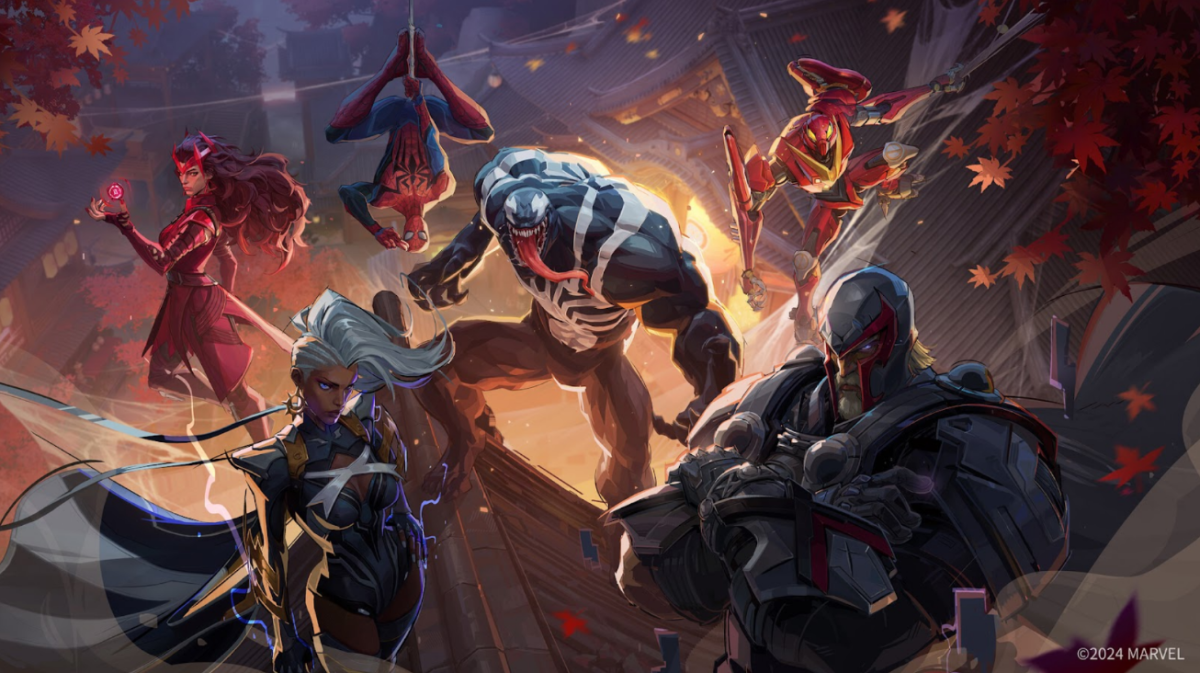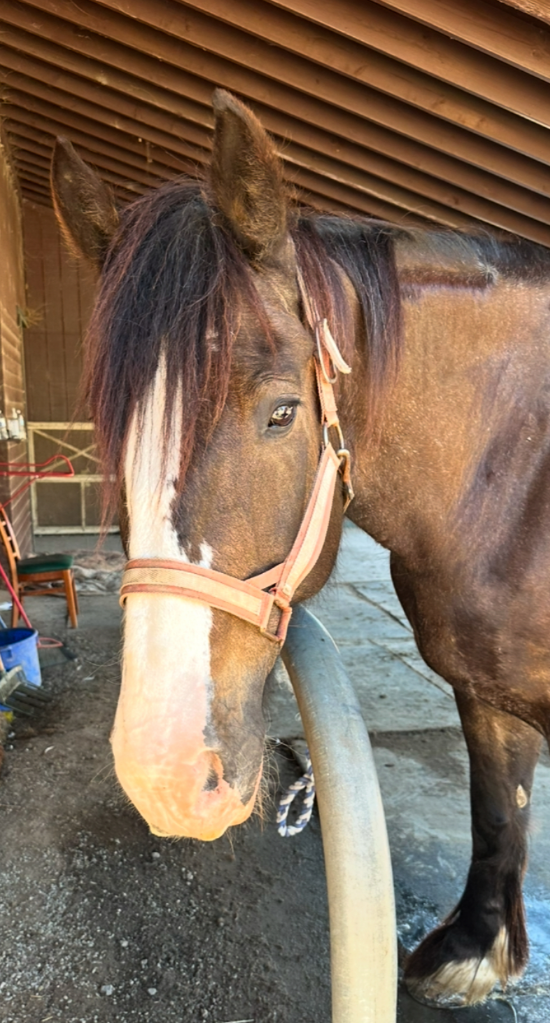If you’ve ever considered becoming an artist as a career path, or even watched a movie about someone trying to make it as an artist, you’ve probably heard of the “Starving Artist” trope–the idea that pursuing art as a career will result in a constant struggle for money in your life. This stereotype seems overly depressing and pessimistic, but the statistics of how often people succeed as full-time artists shockingly support this commonly used claim.
In the Contemporary Art Issue, “Art World Statistics Every Artist Needs to Know,” author Julien Delagrange states that “Only one in five artists will exhibit their work in their lifetime, with just shy of one million active exhibiting artists in today’s art world.” The cause of an artist’s struggle is due to many contributing factors, including the oversaturation of art, the lack of exhibit opportunities, the lack of art collectors, and the fact from the same article that “There are significantly more people interested in creating art than there are people interested in collecting art.”
The odds are already against artists when starting in the art world, and once someone takes the leap of faith into this career path, a looming question arises and sticks with them: how will I support myself while pursuing art? This question comes along for anyone trying to survive in life, but for many artists, it can end up shifting into a battle of authenticity versus financial success.
The struggle that many artists face is selling their art and becoming big enough to support themselves and enabling them to continue pursuing art. The process sounds simple enough, right? An artist makes a piece of art, they market it, and someone comes along and buys their art. The artist receives payment, buys more art supplies, pays for their personal needs, and the cycle continues. This is not the reality for artists, and although it would be nice if it were this easy, however it is not so simple to succeed in the art world.
For artists realistically attempting to sell their art, they first must go through many steps to increase their likelihood of success. Artists have to decide how much to price their art based on skill level, work out the logistics of getting commissions in writing and deposits, consider seeking legal advice and support, learn how to market their work through a website or galleries, and while doing all of these things, figure out how to support themselves until they do sell their art. This list of to-dos doesn’t even include the artist’s attempts to get people interested in buying their art in the first place.

The issue with selling art is that the perception and appeal of the art are all up to the customer. When buying art, customers consider many different factors before buying an artist’s work: authenticity, the artist’s reputation, market value and price, style and composition, emotional appeal, aesthetics, etc.
In the end, an artist cannot possibly appeal to all audiences or potential buyers; it is impossible. It comes down to appealing to tiny subcategories where an artist will thrive, which can be a total luck of the draw.
Finding an audience is no easy task, and it is very unpredictable where an artist might find customers. So should an artist change up their style in order to appeal to more people? This method of changing your art, whether it be the style, theme, or application, is done frequently among artists, especially those just starting, and it is helpful to artists when figuring out what works best for them and their rate of success.
The issue that arises with this method is the damage it does to the authenticity and uniqueness of the art. There is a line that can be crossed where an artist loses these very crucial aspects and becomes too focused on appealing to consumers and the public. Artists can end up losing the soul that is put into their art, and society ends up with an overload of meaningless, oversaturated, boring art.
Artists are constantly needing to work on their art style, and process in order to grow and improve, but how much change is beneficial to help sell one’s art, and when is the line crossed from being helpful, to damaging one’s creativity and uniqueness?
It is vital for artists to retain their sense of creativity and purpose within their art, as it is what differentiates artworks and gives our world unique, meaningful pieces that stand out among the rest.
It can be difficult for many artists to remain authentic to their original art, because most artists need to first sell work to succeed and provide for themselves, as well as buy more art supplies to create more art. The solution to this conundrum ends up varying to fit what works for each artist.
A similar conundrum is present in the comic strip world. One artist in particular, Bill Watterson, the author of the comic Calvin and Hobbes, has a very strong stance on this dilemma. Bill Watterson started publishing Calvin and Hobbes in 1985 and published his last Sunday comic on Dec. 31, 1995. Throughout these ten years of Calvin and Hobbes, Watterson never licensed his comic, and it has never been a piece of merchandise or buyable product, besides the collections of comics in book form. After his last publication, Watterson disappeared from the public, and has had only rare interviews done out of personal preference for a peaceful life.
In a 2013 interview with The Comics Journal, Bill Watterson was asked about his perspective on licensing his work by Richard Samuel West, and Watterson had a very interesting point on the subject. West asked him, “You’ve rejected licensing your strip’s characters. Why?” Watterson responded to this by explaining, “I’ve decided that licensing is inconsistent with what I’m trying to do with Calvin and Hobbes. I take cartoons seriously as an art form, so I think with an issue like licensing, it’s important to analyze what my strip is about, and what makes it work.”
Watterson goes on to discuss how other comic strips can transfer really well onto products like mugs and t-shirts, because their punchlines and the comic’s purpose are transferable and stay the same whether on a newspaper, a book, or a hoodie. Watterson then explains how his comic works differently and would not transfer as well onto consumer products. “Calvin and Hobbes isn’t a gag strip. It has a punchline, but the strip is about more than that. The humor is situational, and often episodic. It relies on conversation, and the development of personalities and relationships… I’m not interested in removing all the subtlety from my work to condense it for a product. The strip is about more than jokes.”
Watterson makes it very clear that licensing his comic would not serve justice to his work, and states, “I think to license Calvin and Hobbes would ruin the most precious qualities of my strip and, once that happens, you can’t buy those qualities back.” When asked about selling something like a doll or stuffed animal as a product, he states, “A doll only cashes in on the recognizability of the character. Products like that take the character out of the world for which he was intended. If you stick 30 Hobbes dolls on a drugstore shelf, you’re no longer talking about a character I created. It makes no sense to allow someone to make Hobbes into a stuffed toy for real, and deprive the strip of an element of its magic.”
Watterson’s stance on commercialism pertains more to his comics and the world of Sunday strips, but it can also be transferred into the larger world of art to share a very useful and important perspective. When asked, “What’s wrong with indulging the public’s interest?” (In creating licensed products), Watterson answered, “Nothing, so long as it doesn’t compromise the art itself… Once you’ve given up its integrity, that’s it. I want to make sure that never happens. Instead of asking what’s wrong with rampant commercialism, we ought to be asking, “What justifies it?”

Bill Watterson makes a very good point on commercialism, and it furthers the discussion of how an artist should sell their work. While it can be said that an artist who stays true to themselves and does not give in to pressures to license their art deserves more recognition and support, this group of artists’ success will most likely end up relying on luck. Just because an artist makes a lot of money through licensed products does not make them less of an artist, and commercialism can be justified if it is useful to the artist’s success and does not harm the creativity and purpose of the art.
In the end, what matters most is that those who are pursuing an art career are making art that truly makes them happy, even if that means they must compromise and use their skills to make art that will sell. It matters that these artists put love, passion, and soul into their work, and hopefully, more can gain the opportunities to make art that brings the world more creativity and joy.
In her article, “Before You Try to Sell Your Art, Know These Things,” artist Lee Hammond admits, “When it becomes a business, art can lose a little of the joy and inspiration. Be sure to continue to do inspirational artwork for yourself. You won’t have the same enthusiasm for a commissioned piece as you will for something highly personal and exciting. You must keep a balance between work and fun.”

























